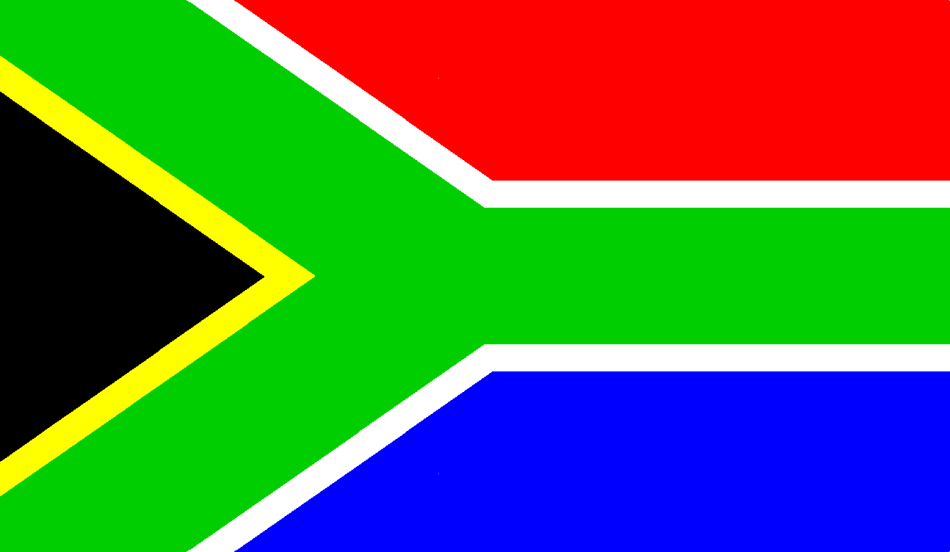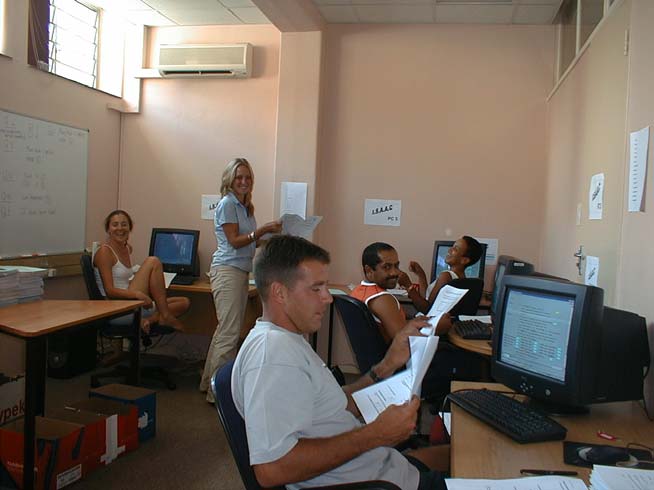
South Africa, Africa
| Centres: | Phase: | PI: | Age Groups |
|---|---|---|---|
| Cape Town | 1 | Dr Hugo Nelson | 13-14 |
| Cape Town | 3 | Professor Heather J Zar | 13-14 |
| Polokwane | 3 | Professor Kuku Voyi | 13-14, 6-7 |
National Coordinator:
Roles:
- National Coordinator for South Africa
- Phase Three Principal Investigator for Cape Town
Professor Heather J Zar
Red Cross Childrens Hospital
Klipfontein Road
7th floor ICH Building
South Africa
ISAAC in South Africa
ISAAC Phase 1 in South Africa, done in Cape Town in 1995, under the direction of Dr Hugo Nelson, enrolled adolescents aged 13-14 years. ISAAC Phase 3 was performed in 2 centres, Cape Town in 2002 (led by Prof Heather Zar) and in Polokwane in 2004-2005 (led by Prof Kuku Voyi). Both these centres enrolled 13 to 14 year old adolescents, and in addition Polokwane also enrolled 6-7 year old children. These studies have greatly contributed to describing the burden of asthma, eczema and allergic rhinitis in South African children and the impact on quality of life. The ISAAC 3 studies showed that these diseases are common in both centres (asthma is now identified as one of the commonest chronic diseases in South African adolescents) and increasing in prevalence.
Although Cape Town and Polokwane represent very different parts of South Africa, and different populations, some of the results (such as the prevalence of asthma in 13 to 14 year old children) were strikingly similar. In addition, results of these studies have contributed to quantifying the burden of asthma in African children. This has been especially important as asthma has been considered to be relatively uncommon in African children, especially those in rural settings. The results of ISAAC 3 have shown a striking increase in asthma prevalence in many African countries, and prevalence rates that are similar to or higher than the global average. The results have also highlighted an emerging burden of childhood asthma in such settings, the relatively severe disease and the widespread problem of under diagnosis. Such information can greatly facilitate advocacy for better access to inhaled asthma medication and to appropriate management which remains a problem in many African settings.
Publications of the South African and African results include:
- Wichmann J, Wolvaardt JE, Maritz C, Voyi KV. Household conditions, eczema symptoms and rhinitis symptoms: relationship with wheeze and severe wheeze in children living in the Polokwane area, South Africa. Matern Child Health J. 2009 Jan;13(1):107-18.
- Zar HJ, Ehrlich RI, Workman L, Weinberg EG. The changing prevalence of asthma, allergic rhinitis and atopic eczema in African adolescents from 1995 to 2002. Pediatr Allergy Immunol. 2007 Nov;18(7):560-5.
- Wichmann J, Wolvaardt JE, Maritz C, Voyi KV. Association between children's household living conditions and eczema in the Polokwane area, South Africa. Health Place. 2008 Jun;14(2):323-35.
- Ait-Khaled N, Odhiambo J, Pearce N, Adjoh KS, Maesano IA, Benhabyles B,Bouhayad Z, Bahati E, Camara L, Catteau C, El Sony A, Esamai FO, Hypolite IE, Melaku K, Musa OA, Ng'ang'a L, Onadeko BO, Saad O, Jerray M, Kayembe JM, Koffi NB, Khaldi F, Kuaban C, Voyi K, M'Boussa J, Sow O, Tidjani O, Zar HJ. Prevalence of symptoms of asthma, rhinitis and eczema in 13- to 14-year-old children in Africa: the International Study of Asthma and Allergies in Childhood Phase III.v Allergy. 2007 Mar;62(3):247-58.
- Mercer MJ, Joubert G, Ehrlich RI, Nelson H, Poyser MA, Puterman A, Weinberg EG. Socioeconomic status and prevalence of allergic rhinitis and atopic eczema symptoms in young adolescents. Pediatr Allergy Immunol. 2004 Jun;15(3):234-41.
- Poyser MA, Nelson H, Ehrlich RI, Bateman ED, Parnell S, Puterman A, Weinberg E. Socioeconomic deprivation and asthma prevalence and severity in young adolescents. Eur Respir J. 2002 May;19(5):892-8.


